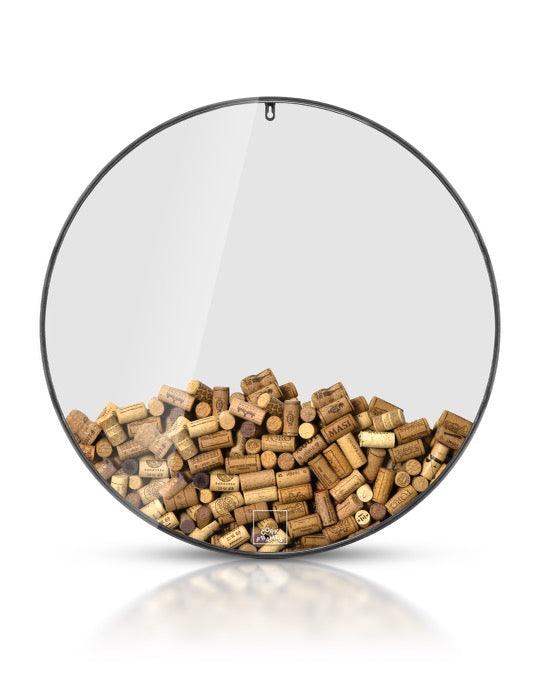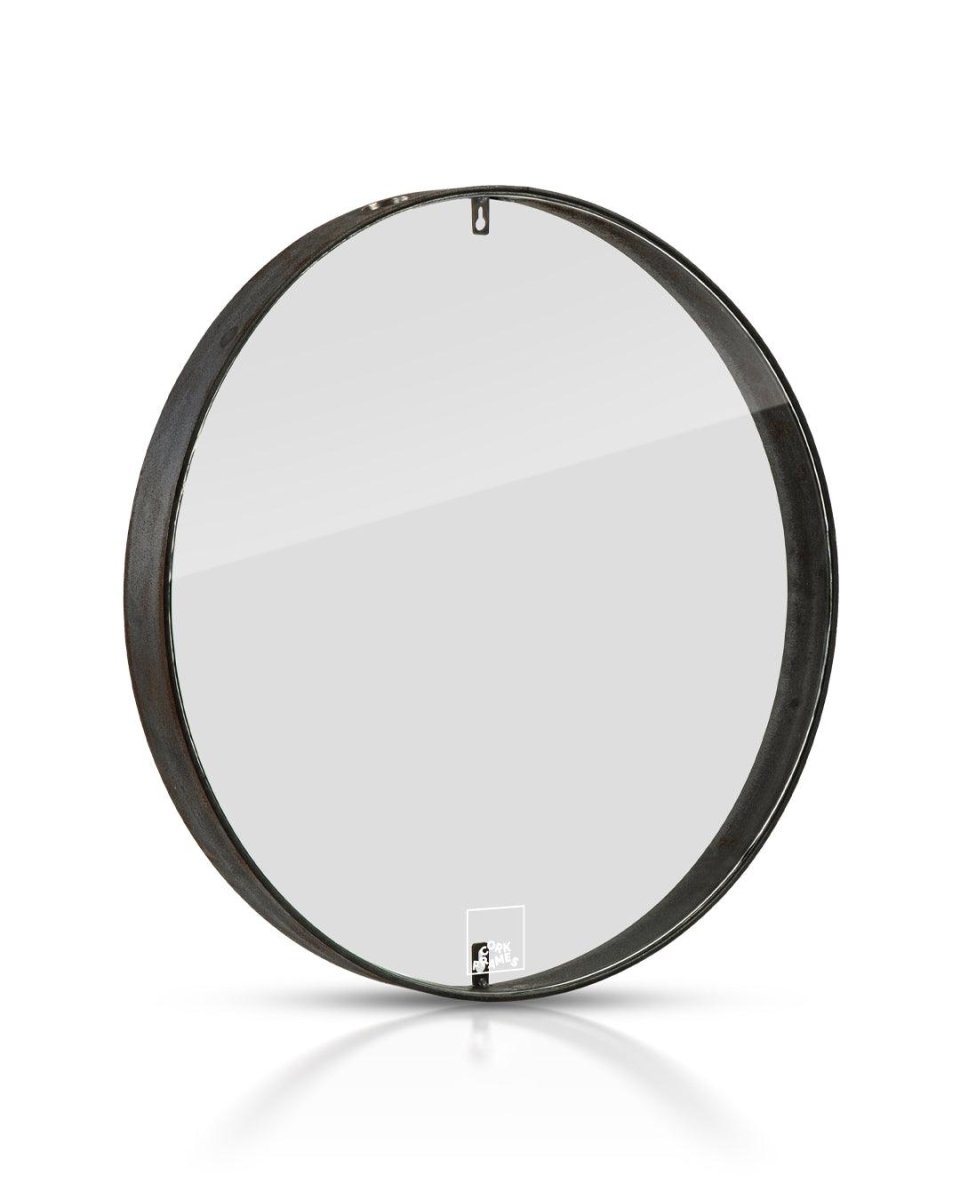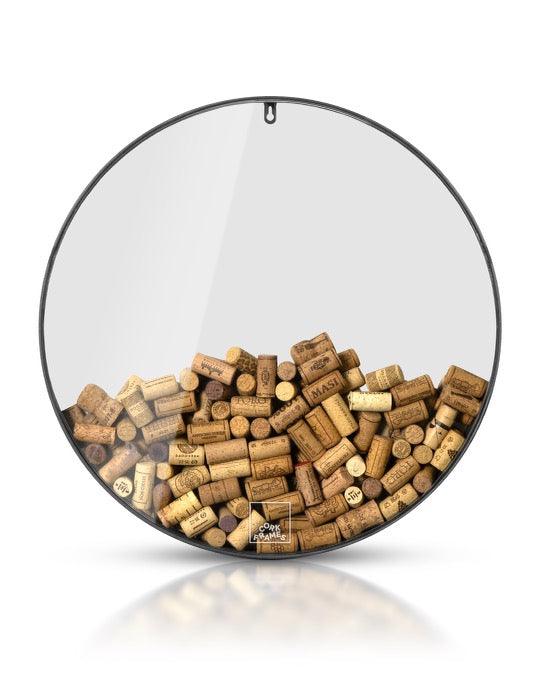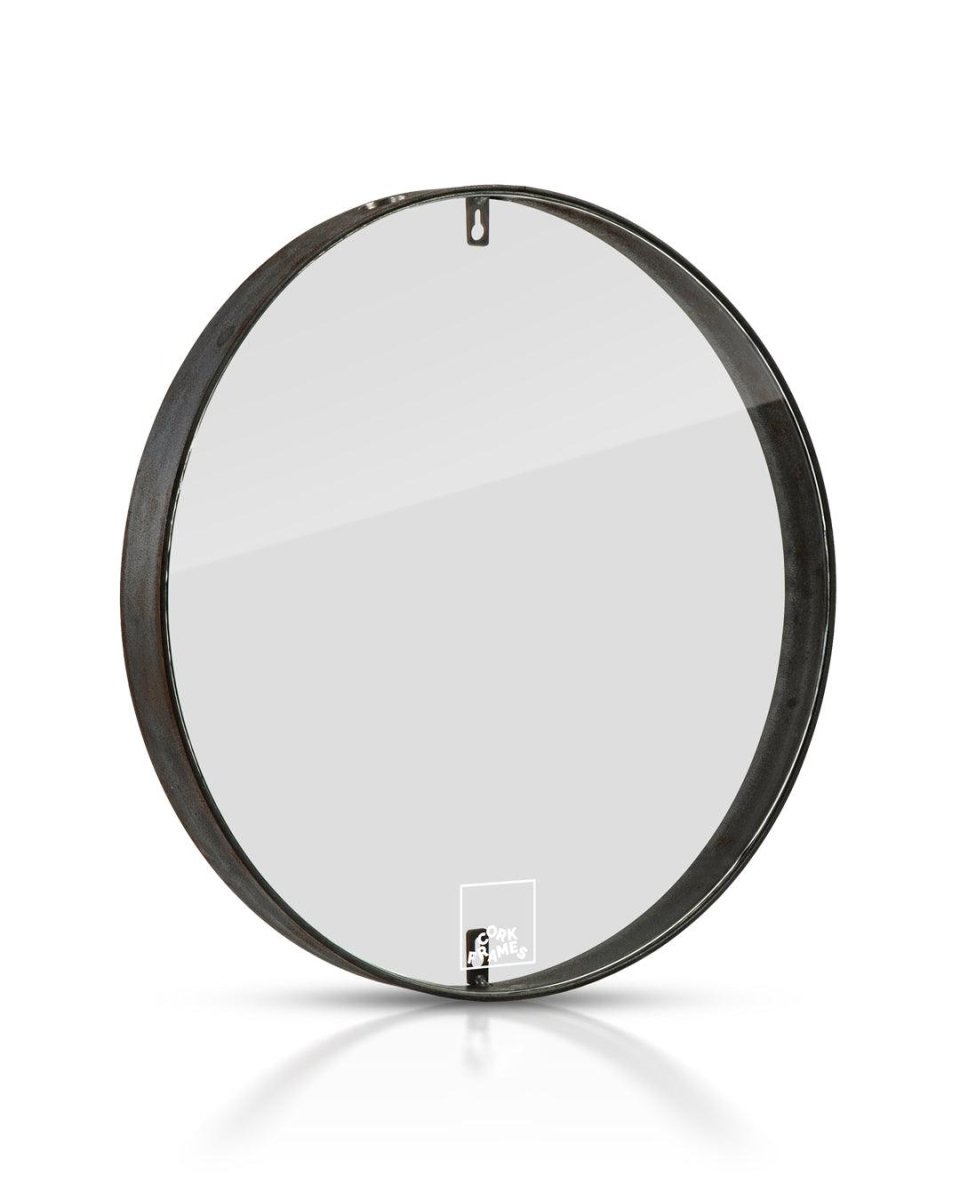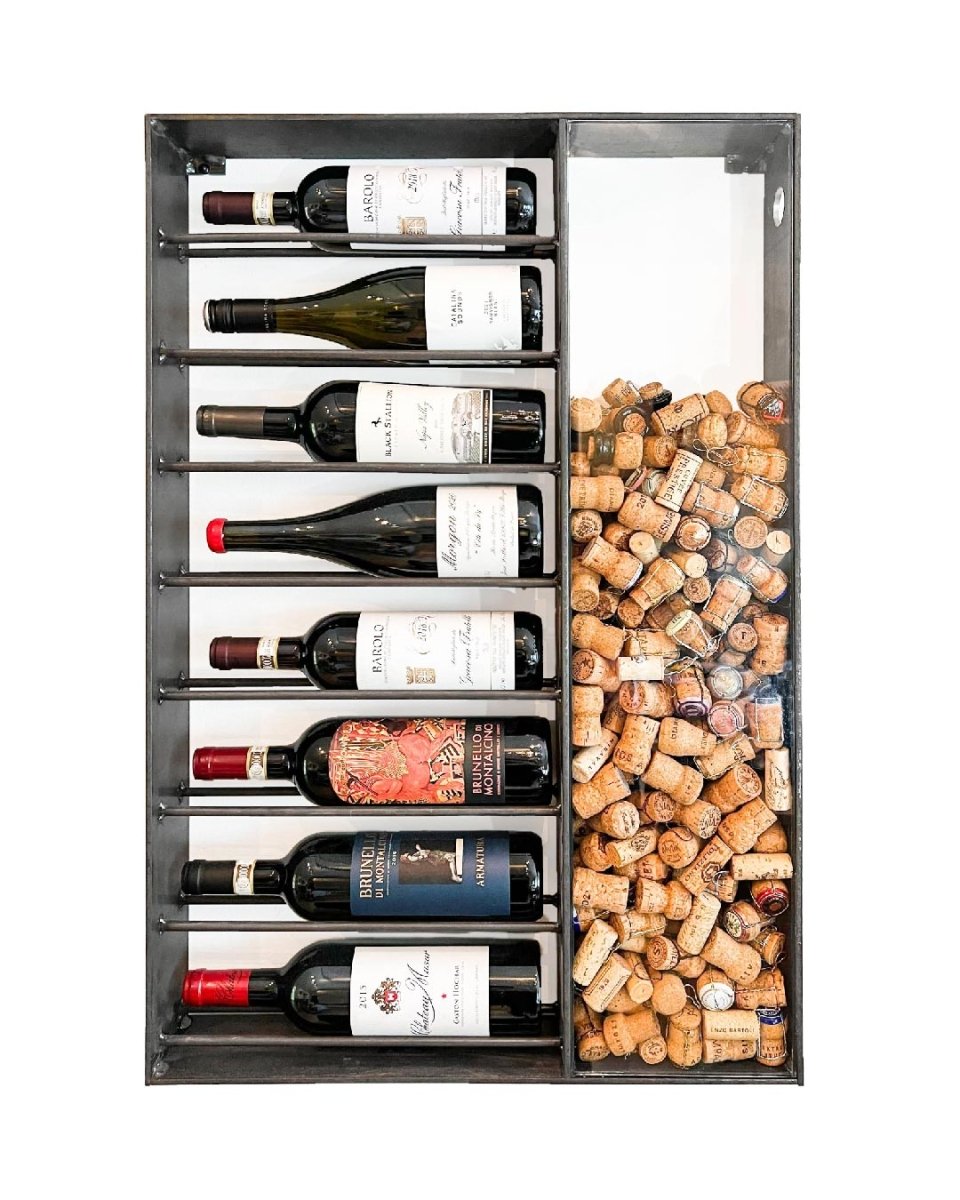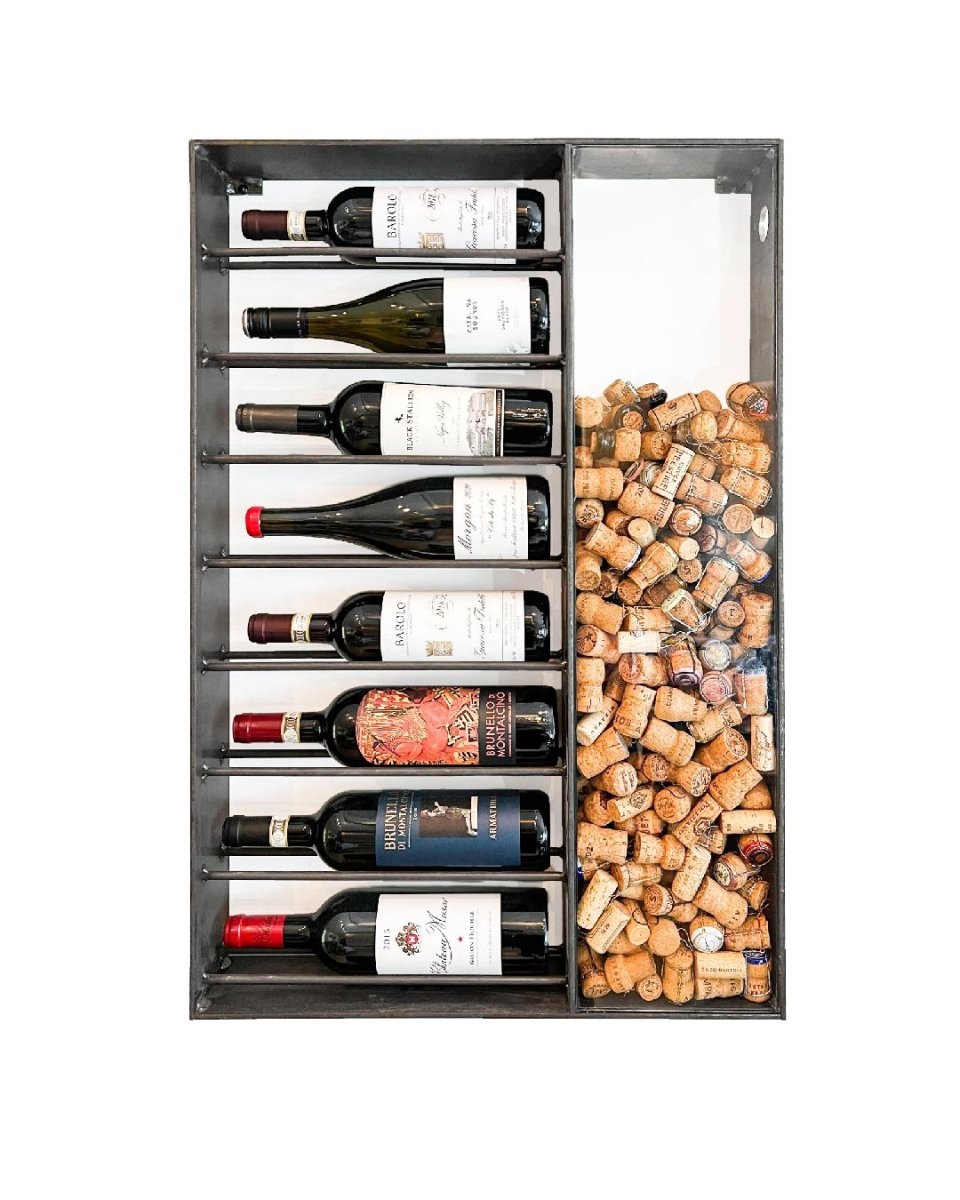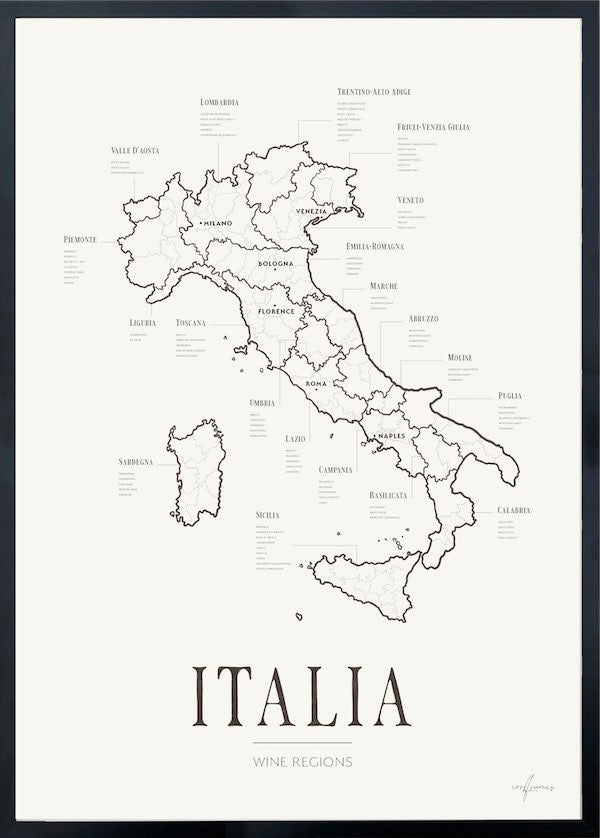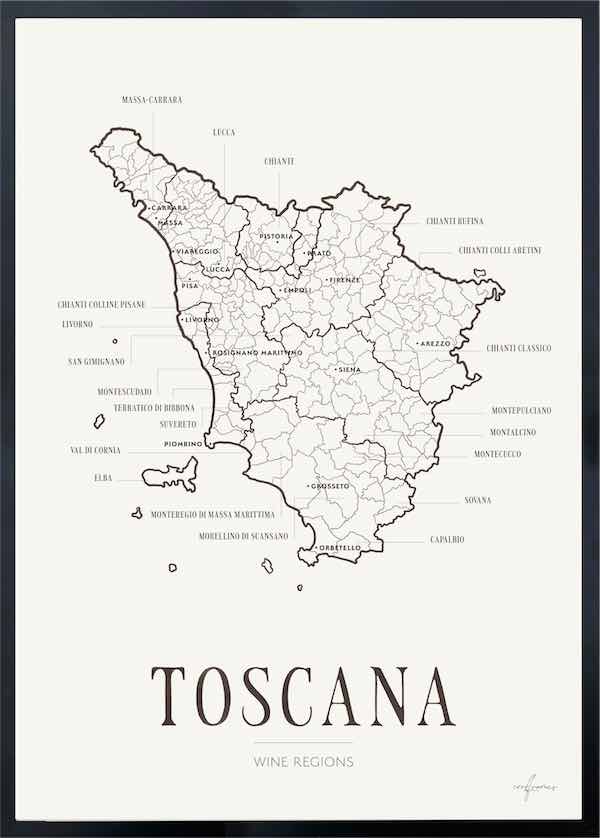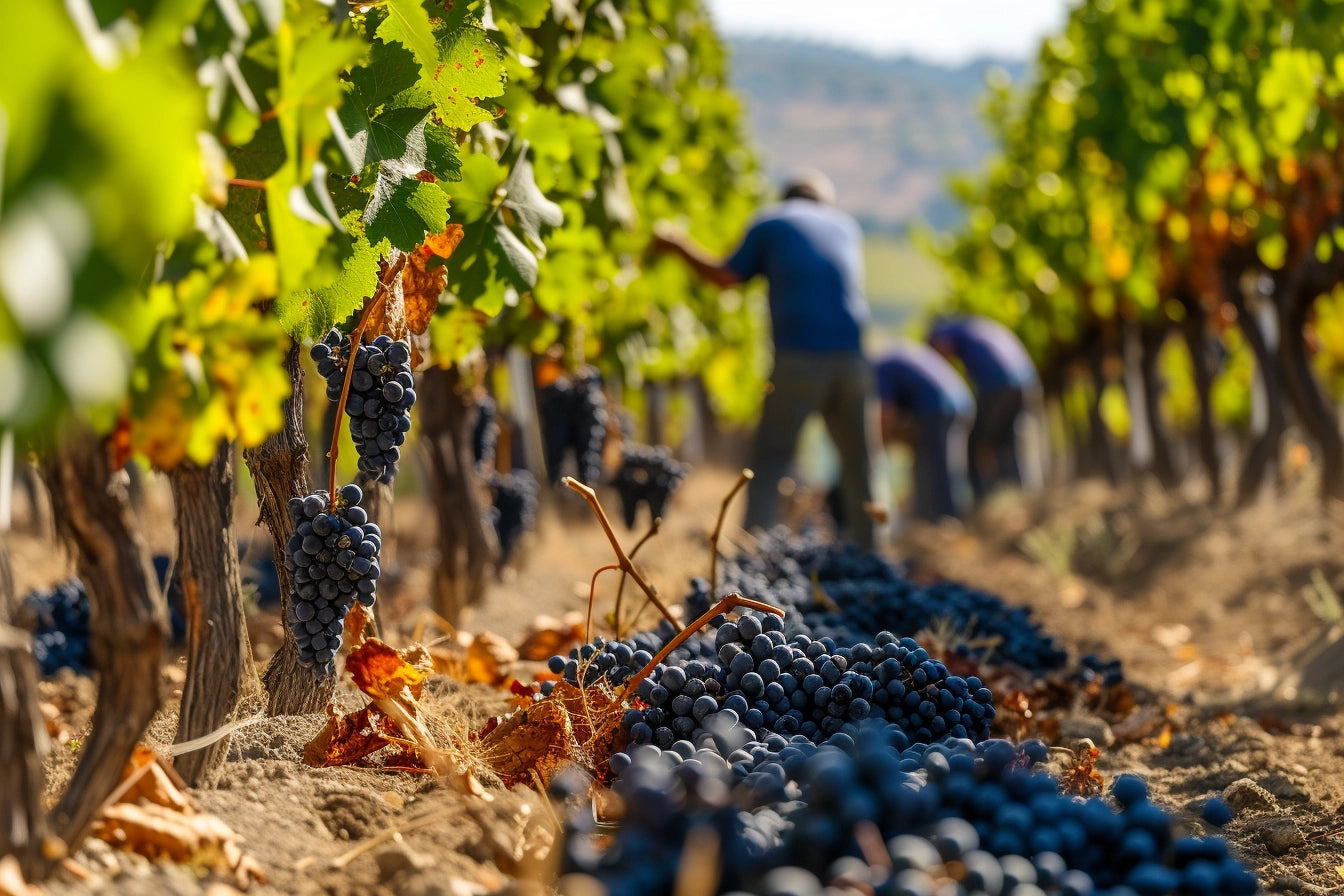Rosé wine production has a long history dating back to antiquity and emerged through a combination of historical winemaking techniques and regional traditions, particularly in the Mediterranean region.
Over the years, the methods have been refined and adapted to meet consumer tastes and preferences, leading to the wide variety of rosé wines available today.
Here is an brief overview of how rosé wine production started:
Origin and History
-
Ancient Greece and Rome: In ancient Greece and Rome, the earliest wines were likely very light in color, similar to today’s rosé wines. This was because the grapes were gently pressed, and the skins were quickly removed to prevent the wine from becoming too dark. A mixture of red and white grapes was often used.
-
Middle Ages: During the Middle Ages in Europe, winemakers began developing more specific techniques for producing different types of wine, including rosé. Provence in France became early known for its rosé wines, and the tradition of rosé wine production has continued there up to today.
-
Modern Era: In the 20th century, rosé wine began to regain popularity, especially in the Mediterranean region. Improved winemaking techniques and increased consumer demand led to a greater variety of rosé wines.
Production Methods
-
Direct Pressing: The grapes are pressed directly after harvest, resulting in a very light rosé wine since skin contact is minimal.
-
Maceration: The skins are left in contact with the juice for a short period, usually between a few hours to a couple of days, to give the wine its pink color. Afterward, the skins are removed, and fermentation continues.
-
Blending: A small amount of red wine is mixed with white wine to create rosé. This method is most commonly used to produce simpler, mass-produced rosé wines.
Popularity and Culture
Rosé wine has become particularly popular during the summer months due to its freshness and ability to be served chilled. It is especially popular in countries such as France, Spain, Italy, and the USA, where it is often enjoyed as an aperitif or with lighter meals.






